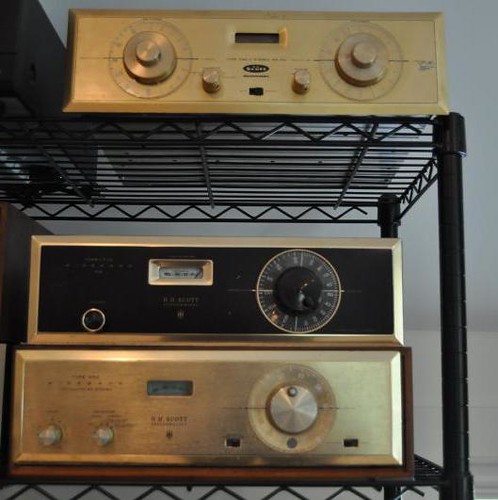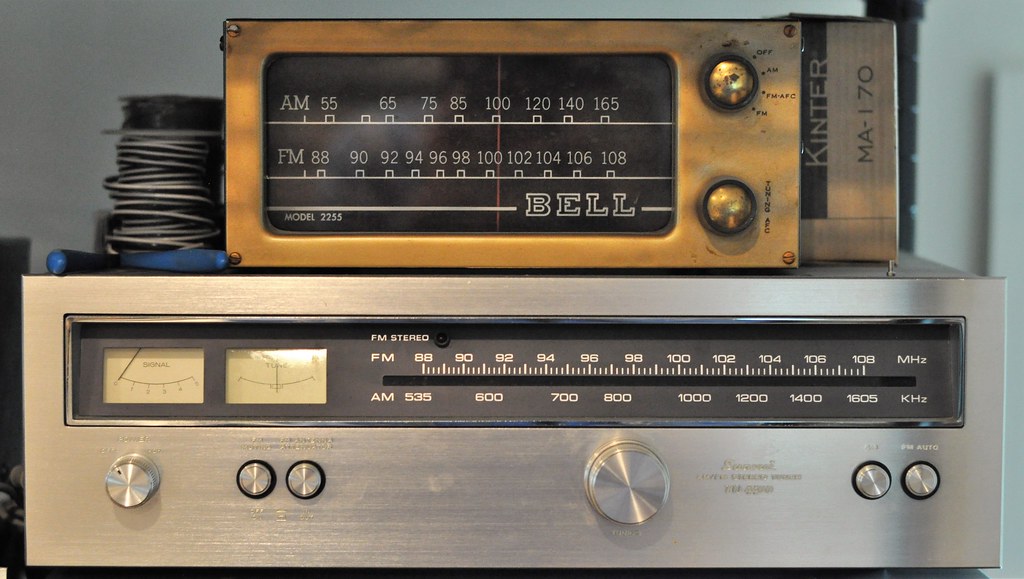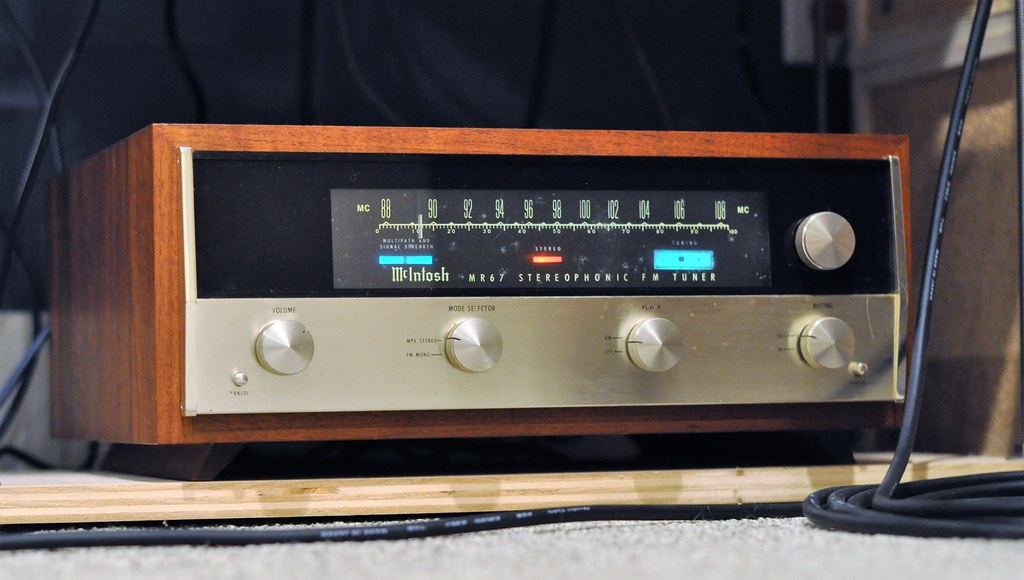I don't believe aesthetic preferences constitute "subconscious bias" but won't quibble with you over your phraseology
Let me bring an example.
I use foobar2k for many years now due to its simplicity, functionality, reliability and the fact it's light on resources. I was never a fan of the notepad interface, though, and wished for a better, less geeky theme (in the vein of Izotope products or alike).
At some point I installed Neutron (which I used on my mobile player) on Wind10. The interface is cumbersome as hell, as it was designed with touch pads in mind, but I like the color scheme and the overall retro vibe of the application. I started playing music and I could swear there's a difference; the music seemed more real, gritty, less "digital".
I did a double-blind test and I could not tell which program was playing back music. However, still, to this day, I have irrational doubts as it sometimes seems to me that Neutron makes a subtle difference. I'm pretty sure it's because of the retro vibe which reminds me of the 90s and old, noisy decks.
So yes, I think visual preference may play tricks on your mind. Maybe indeed my terminology is incorrect and it's not "subconscious" bias as - like you said - I'm aware of it, but I tend to believe it at least works on a subconscious level [as well].




 great scott
great scott DSC_5408 (2)
DSC_5408 (2) Japanese ss tuners
Japanese ss tuners DSC_9935
DSC_9935 DSC_7286 (2)
DSC_7286 (2)